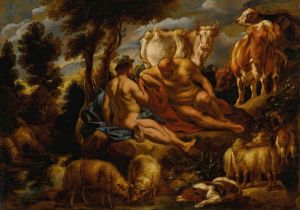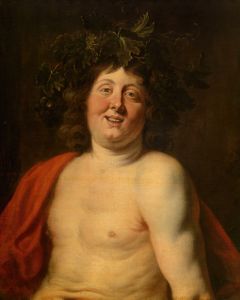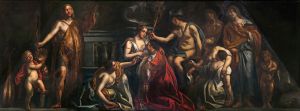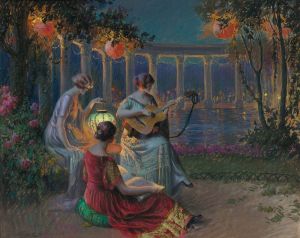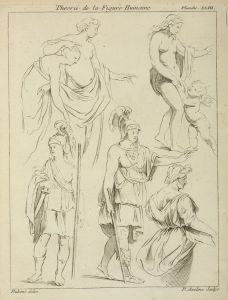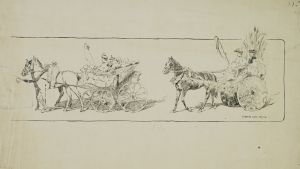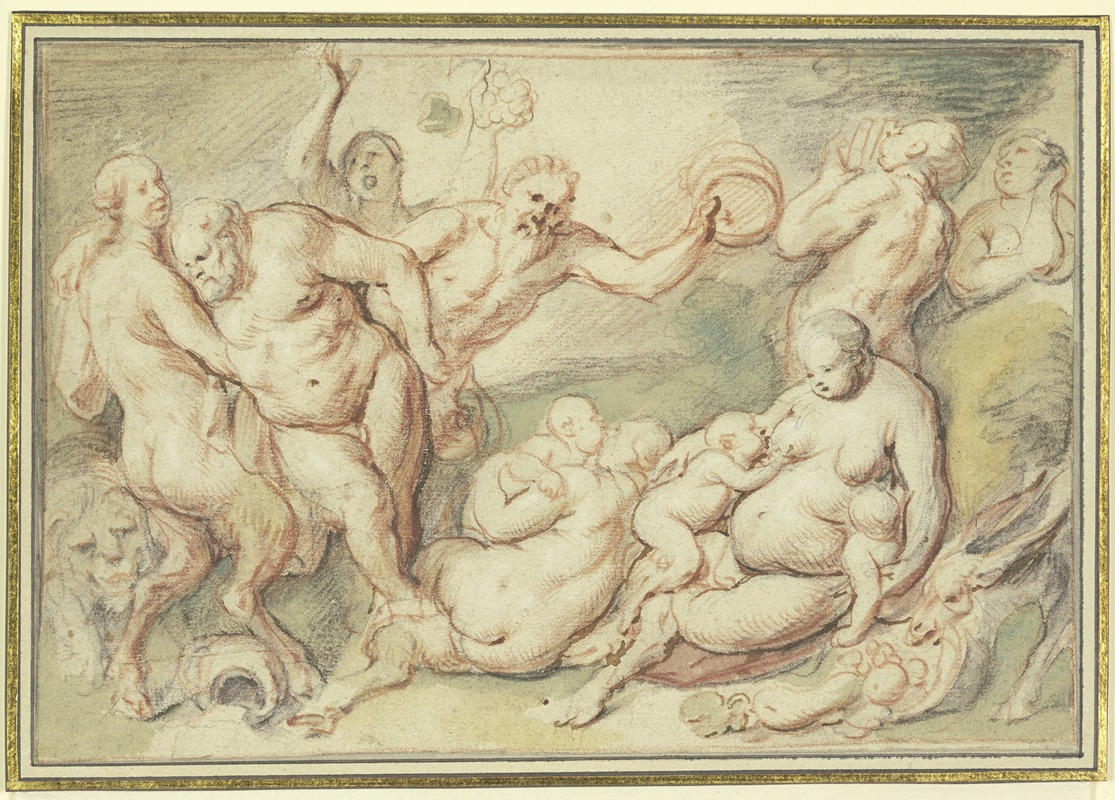
Bachanalia
A hand-painted replica of Jacob Jordaens’s masterpiece Bachanalia, meticulously crafted by professional artists to capture the true essence of the original. Each piece is created with museum-quality canvas and rare mineral pigments, carefully painted by experienced artists with delicate brushstrokes and rich, layered colors to perfectly recreate the texture of the original artwork. Unlike machine-printed reproductions, this hand-painted version brings the painting to life, infused with the artist’s emotions and skill in every stroke. Whether for personal collection or home decoration, it instantly elevates the artistic atmosphere of any space.
Jacob Jordaens was a prominent Flemish Baroque painter, known for his vibrant and dynamic compositions. One of his notable works is "Bacchanalia," a painting that exemplifies his mastery in depicting lively and exuberant scenes. Jordaens, who lived from 1593 to 1678, was a contemporary of Peter Paul Rubens and Anthony van Dyck, and he was heavily influenced by the Baroque style that characterized 17th-century Flemish art.
"Bacchanalia" is a celebration of Bacchus, the Roman god of wine, fertility, and ritual madness. The painting captures the essence of a bacchanal, a festival in honor of Bacchus, which was often associated with uninhibited revelry and indulgence. Jordaens' depiction is filled with figures in various states of merriment, dancing, playing music, and enjoying the pleasures of wine. The composition is rich with movement and energy, typical of Jordaens' style, which often included robust figures and a warm, earthy palette.
Jordaens was known for his ability to convey the human condition through expressive faces and dynamic poses. In "Bacchanalia," he employs these skills to create a scene that is both chaotic and harmonious, capturing the spirit of the bacchanal with a sense of realism and vitality. The figures in the painting are depicted with a sense of volume and weight, adding to the overall sense of movement and festivity.
The painting reflects Jordaens' interest in classical mythology, a common theme in Baroque art. His work often included mythological and allegorical subjects, which allowed him to explore complex themes and narratives. In "Bacchanalia," Jordaens not only celebrates the myth of Bacchus but also comments on the human experience, exploring themes of joy, excess, and the cyclical nature of life.
Jordaens' use of light and shadow in "Bacchanalia" is particularly noteworthy. He employs chiaroscuro, a technique that uses strong contrasts between light and dark to create a sense of volume and depth. This technique enhances the three-dimensionality of the figures and adds drama to the scene, drawing the viewer into the lively celebration.
As a prominent figure in the Flemish Baroque movement, Jordaens' work was highly regarded during his lifetime and continues to be appreciated for its technical skill and emotional depth. "Bacchanalia" is a testament to his ability to capture the vibrancy of life and the complexity of human emotions through his art.
Overall, "Bacchanalia" by Jacob Jordaens is a quintessential example of Baroque painting, showcasing the artist's talent for creating dynamic compositions filled with life and movement. Through his depiction of a bacchanal, Jordaens invites viewers to partake in the joyous celebration and reflect on the timeless themes of indulgence and festivity.








